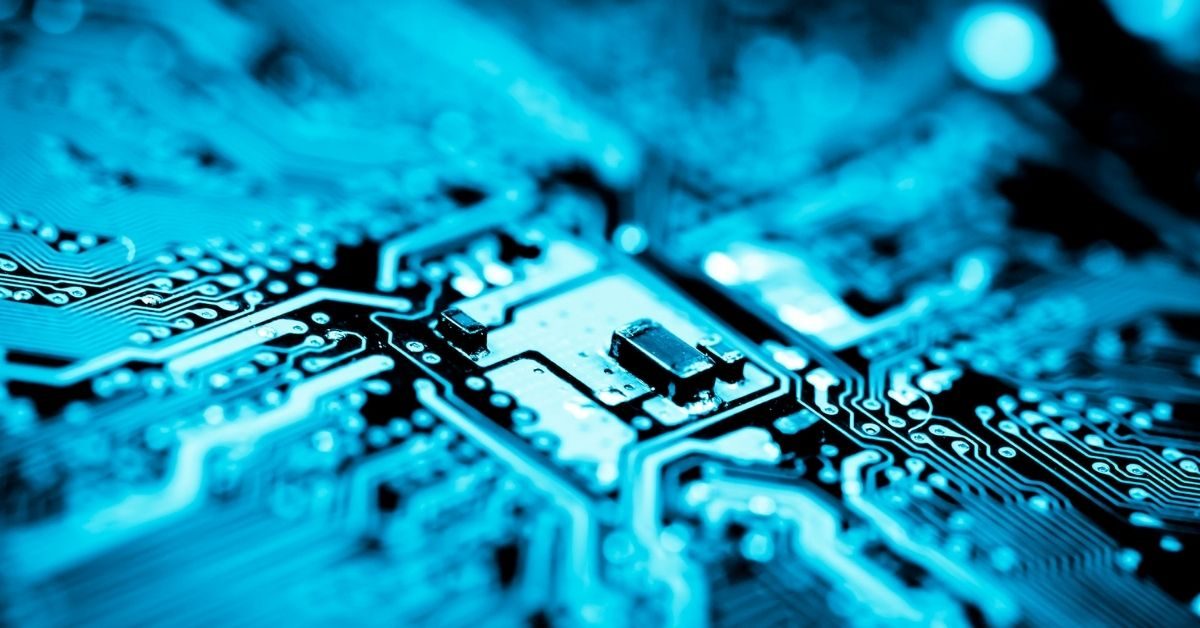“Today India has become part of the global value chain (GVC) of mobile phones and electronics. Now we are looking at a strategy of export-led growth rather than simply import substitution and looking at our needs,” Vaishnaw said. “A great opportunity has come our way and we have reached a level where we can rapidly grow our exports,” he added.
For an export-led growth in mobile phones and electronics, the ministry of electronics and IT (Meity) will work closely with the ministry of finance for making movement of goods across borders very smooth. Vaishnaw said this is needed as the nature of GVC is such that goods keep crossing borders multiple times before the final product is made. “Speed is important in this process,” he added. According to him, what all needs to be looked at to make multiple transactions across borders more smooth are import duties, processes, automation, and warehousing.
The minister’s observations are quite timely and relevant. If one looks at Vietnam, its domestic market for mobile phones and electronics in value terms is worth $2 billion but exports around $40 billion. In the case of India, the domestic market is worth $33 billion but exports as of FY23 was $11 billion. So there’s immense scope to grow.
Vaishnaw said that India has reached a level where the domestic component ecosystem has started getting developed. He said that in electronics manufacturing the volume of the final products need to cross a threshold then components start coming from domestic sources. “That threshold has been reached. Today we can comfortably say that close to 30% (in volume terms) of components has started getting manufactured domestically and this will grow rapidly now,” Vaishnaw said.
Pointing towards India’s success in developing a domestic ecosystem in a short period of time, he said that in 25 years the domestic value addition by China in electronics manufacturing chain is 30-40% in value terms and Vietnam’s at 20-25% in a span of 15 years. “In value terms India’s domestic value addition is around 15-18% in 9 years, so we are quite close to Vietnam,” Vaishnaw said. Semiconductors play the biggest role in pulling up the value of domestic value addition.
The minister said that what matters is at what point of time a country becomes part of a GVC and that has already happened in the case of India.
Vaishnaw said that what’s noteworthy is that exports of several components, which include mechanicals, chargers, PCB assemblies etc, have started from India.
Explaining the way GVC works and why duties, processes, automation, and warehouses matter, Vaishnaw said that the nature of GVC is such that everything crosses boundaries of at least two countries more than once. For instance, components come, then they are put in a phone or a laptop, then it goes to some other country for server fitment, then again comes back to the country from where it went for final assembly. “So there’s movement across borders multiple times. It’s a complex system, the minister said, adding warehouses come into picture because one warehouse may be storing products for several manufacturers and supplying them components as well.
The government has a MOOWR Scheme (Manufacturing and other operations in a customs bonded warehouse), for this. Under it, manufacturers import components which are used for domestic production for export purposes. Such imports did not attract any import duty or any other taxes. However, in the FY24 Budget the government levied IGST (integrated goods and services tax) on such imports at the rate of 18%.
This, analysts say will adversely impact domestic manufacturing under various production-linked incentive schemes like IT hardware and smartphones.
US-based semiconductor manufacturer, Micron Technology, has already flagged its concerns regarding this move.







